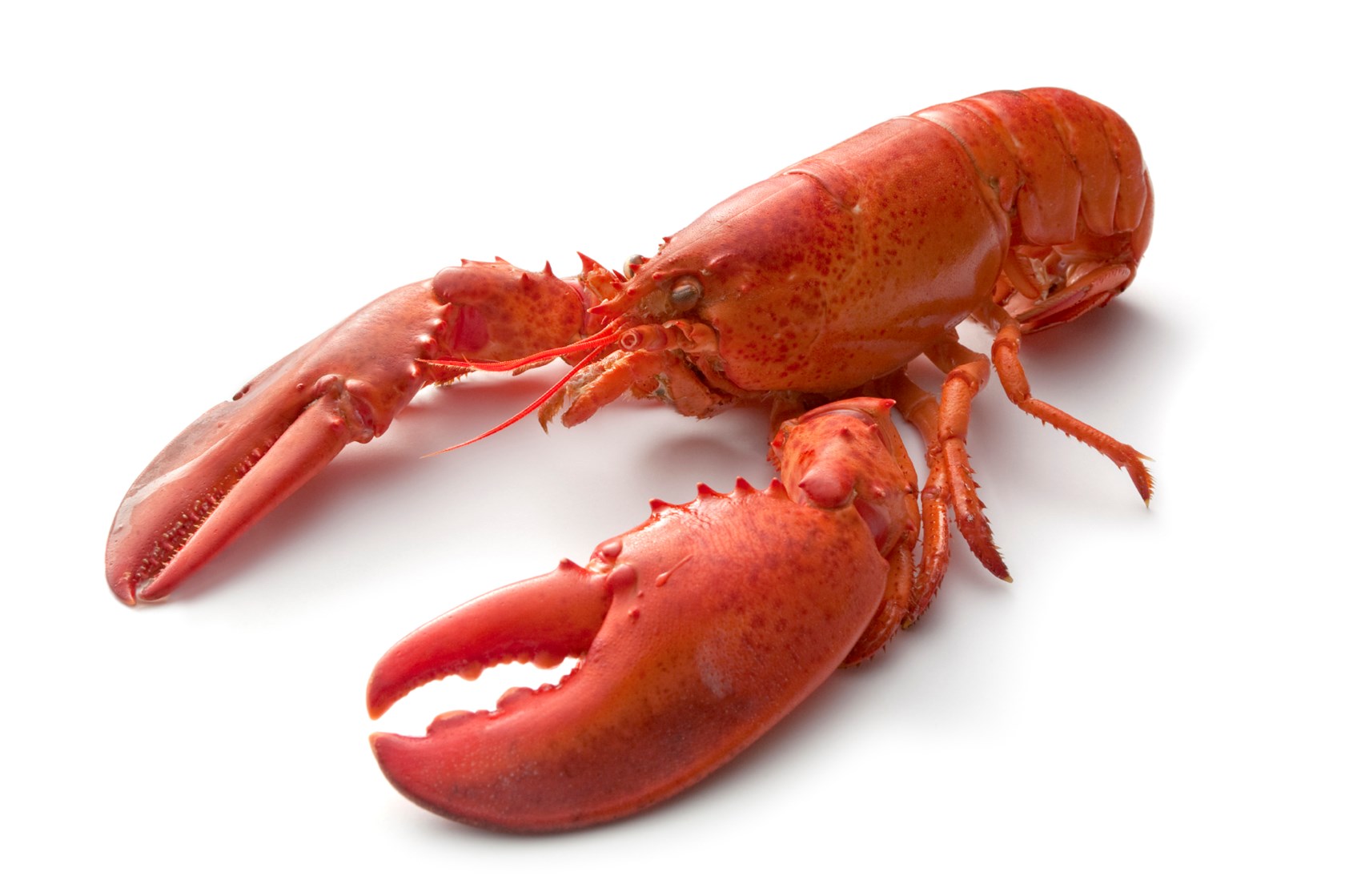

The lobster has five pairs of legs, and one of them constitute the claws. One claw is larger than the other and is used to crush shellfish, while the smaller claw is used as a weapon. The lobster is dark blue in colour, but the colour can vary and depends on the place it lives.
Lobster is rich in:
In Norwegian waters, lobsters are abundant from the Swedish border to Trøndelag, but they are found sporadically in Nordland. The lobster lives at a depths of 5m to 50m and mainly on hard bottoms. It finds hiding places on hard bottoms in mounds of stones, clefts or holes under large stones.
The lobster season goes from October 1st to November 30th for the coastal stretch from
the Swedish border up to and including Sogn og Fjordane. For the rest of Norway, the seasongoes from October 1st to December 31st.
Lobsters are caught along the Norwegian coast all the way to Trøndelag, and the only
legal fishing gear is lobster traps.
| Energy (kJ) | 373 kJ (89 kcal) |
| Energy (kcal) | |
| Fat | 1,36 g |
| -Saturated fat | 0,22 g |
| -Monounsaturated fat | 0,0 g |
| -Polyunsaturated fat | 0,0 g |
| Carbohydrates | 1,06 g |
| Sugar | |
| Protein | 17,9 g |
| Salt | 1,4 g |